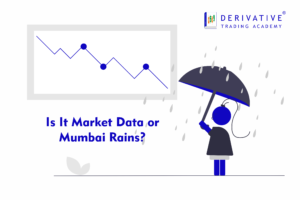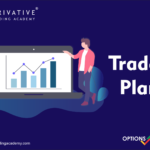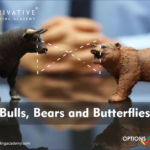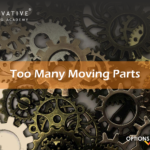Option Pricing & Implied Volatility
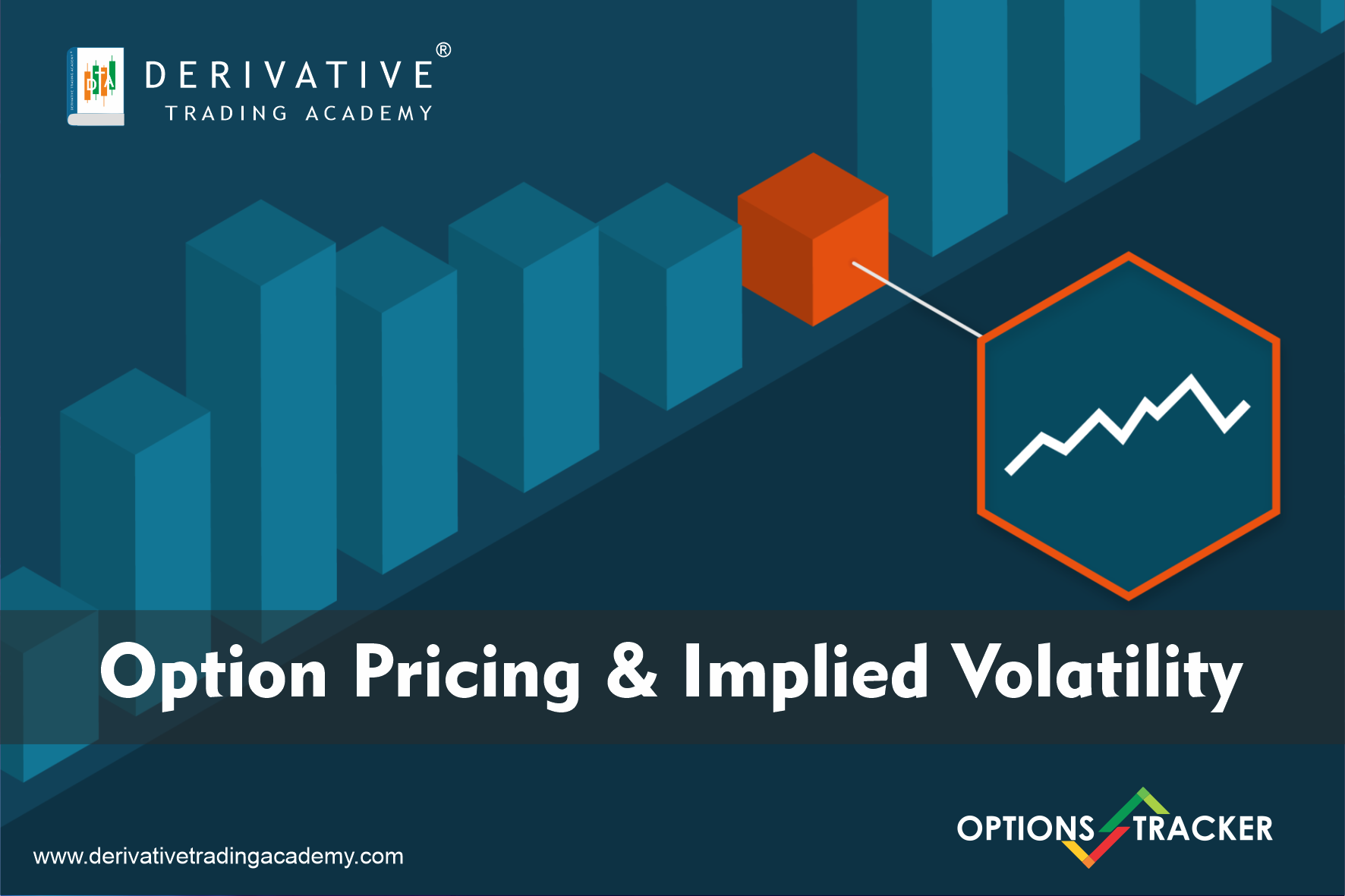
An option’s price is comprised of two major components. The first being the option’s Intrinsic Value or value should the contract be exercised/assigned right now.
For example, let’s assume you are long a 100 strike call option, which is a bullish strategy, and the stock was trading at 110/share. In this example, you’d have 10 of “intrinsic value” because you are making additional Rs. 10/- over the strike of option.
Now, the second component of an option’s price is Extrinsic Value or Time Value. This is the additional premium that is priced into an option which represents the amount of value given based on the remaining life of the contract.
Generally speaking, an option contract with 20 days until expiration is more valuable than an option contract with 2 days until expiration. The price of time, therefore, is influenced by various factors in the market, such as the number of remaining days until expiration, current stock price, current strike price, and interest rates, but none of these are as significant as implied volatility.
Implied volatility is the only element or piece of an option’s Extrinsic Value that is “unknown” or “estimated” by the market. Another fancy way of saying “estimated” in finance is to use the word “implied”.
Except for volatility all the factors out here are given. We can calculate how many days are left until expiration. We know where the stock price is relative to the strike price or the contract’s intrinsic value. And, we can look up the current interest rates.
Sure, we can easily see how volatile a stock has been historically but what will happen in the future, say from now to when we reach the next expiration date?
Will the stock still move 20% per year on average? More than 20%? Less than 20%? Again, we don’t know for certain, so we have to imply, or estimate, the future volatility.
In the simplest terms possible, implied volatility is derived from an option’s current price and shows what the market “implies” about the stock’s volatility in the future. In other words, the market itself determines expected or implied volatility through the activity of the traders placing trades.
Happy Trading!!!
Cheers.

